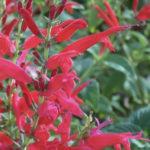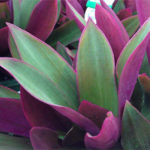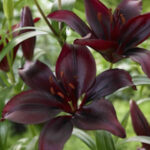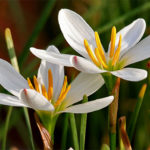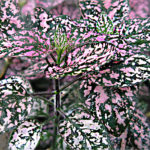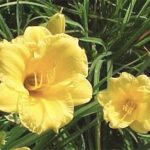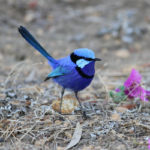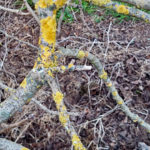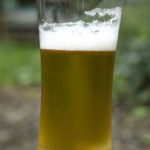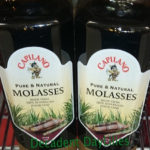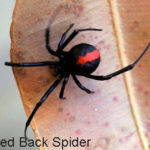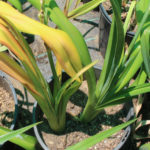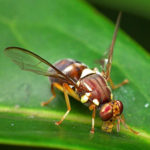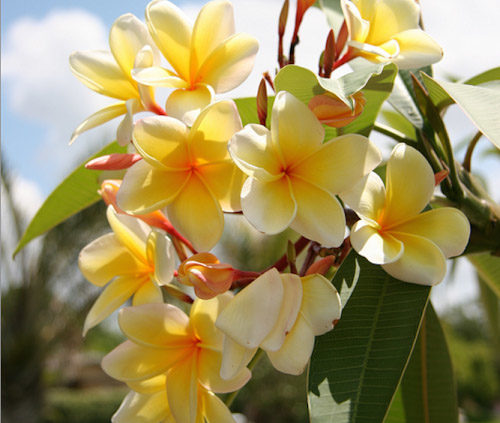
Frangipani Trees Long Blooming & Fragrant
Frangipani Trees Like to Grow in Warmer Tropical Climates of Australia
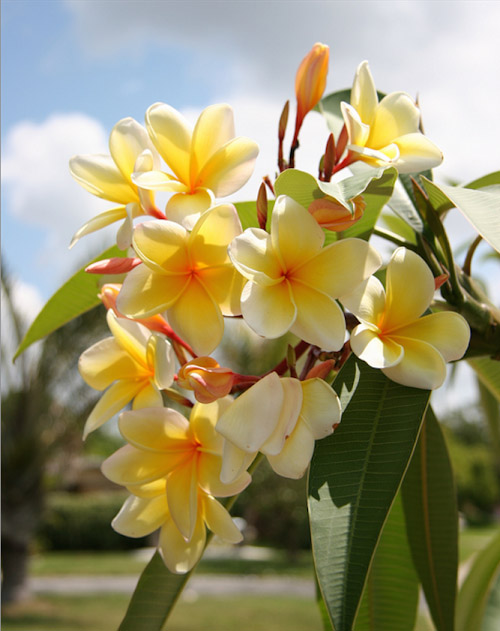 The dynamic long blooming frangipani trees help to create your own personal tropical fragrant paradise in your back yard in the summer time. It’s no wonder why people in Queensland Australia like growing frangipani in their gardens with their requirement for subtropical or tropical environmental conditions. Frangipani is the common name of the plant genus Plumeria which belongs to the dogbane plant family called Apocynaceae. It is native to Central and South America as well as Mexico and the Caribbean. There are seven or eight different species of frangipani shrubs and small trees that shed their leaves annually. There are over 300 varieties of this plant within those species categories. Each separate species produces differently shaped, alternate leaves with specific forms and growth habits. Frangipani adds a sweet aroma to the night’s air as they are nocturnally fragrant. These plants can reach a height of 6 metres and a spread of 5 metres wide but may grow even taller depending on the plants age. Many Queensland gardeners who plant frangipani enjoy their beautiful fragrant smells and colours throughout the summer while they sit and relax in its shade.
The dynamic long blooming frangipani trees help to create your own personal tropical fragrant paradise in your back yard in the summer time. It’s no wonder why people in Queensland Australia like growing frangipani in their gardens with their requirement for subtropical or tropical environmental conditions. Frangipani is the common name of the plant genus Plumeria which belongs to the dogbane plant family called Apocynaceae. It is native to Central and South America as well as Mexico and the Caribbean. There are seven or eight different species of frangipani shrubs and small trees that shed their leaves annually. There are over 300 varieties of this plant within those species categories. Each separate species produces differently shaped, alternate leaves with specific forms and growth habits. Frangipani adds a sweet aroma to the night’s air as they are nocturnally fragrant. These plants can reach a height of 6 metres and a spread of 5 metres wide but may grow even taller depending on the plants age. Many Queensland gardeners who plant frangipani enjoy their beautiful fragrant smells and colours throughout the summer while they sit and relax in its shade.
How to Propagate Frangipani Cuttings
Frangipani trees are considered one of the best plants grown in subtropical and tropical climates which is great considering that they are not difficult to care for. These shrubs and small trees propagate well from aseptically germinated seed and homemade cuttings obtained from the tip stem ends in early spring through to summer, and hardwood cuttings during winter. While taking the cuttings be careful of the white latex sap. The white sap can be irritating to the skin, here is how to propagate frangipani cuttings-
First, take cuttings 30 cm long the cuttings need to be left out in the shade where they can dry out for a few days to a week before planting. The soil you plant in, must be well-drained using quality bought potting mix with some perlite to make a very well drained soil mix, this prevents plant disease. Plant the cutting 4 inches deep into the prepared cutting mix and wait for the cutting to take root. Let the cuttings dry out between waterings otherwise, they may rot.
Caring for Frangipani Plant
Caring for frangipani plants, plumeria plants thrive in full sun, well drained soil in tropical climates of Australia. Let the plumeria trees dry out between waterings. They don’t like wet feet. Keep plants dryer in the cooler months. Apply fertiliser twice a year, spring and again in summer that is rich in phosphorus (P) and potash (K) these fertilisers promote a strong root system and pretty blooms.
Pruning Frangipanis are best pruned in late summer. Prune frangipani trees by one third to promote strong bushy plants. With well pruned plants and proper care, you can enjoy the magnificent flowers of frangipani shrubs and trees from November to May.
Where do Frangipanis Grow?
Frangipani Trees will not grow in the frosty cold southern states of Australia very well. Especially if you receive cold nights, frangipanis will just sit and sulk. The reason being there is not enough humidity in the air, it is too cold at night even if you keep them out of the frost. To grow frangipani trees you need lots of humidity they are definitely a subtropical and tropical plant. They are for places like Hawaii and tropical, or sub tropical parts of Queensland. If you are absolutely keen to grow one, try growing one in a hot house this would be your only option.
Types of Frangipani for sale
Hymenosporum flavum – Native Frangipanis are not related to the frangipanis plumeria in any way but has similarities of glossy leaves and their fragrance.
Chonemorpha fragrans – Climbing Frangipani has the same fragrance as the classic white celadine the lemon scent which is a heavily long flowering frangi, this cultivar flowers for 9 months of the year. Besides being a prolific bloomer this frangipani is stunning and is excellent for hedging and does not get rust. This frangipani is for sale from Frangipanis R Us here in Australia.
Frangipani Diseases
Frangipani diseases usually result from preventable afflictions. One of the main diseases is root rot, which is usually due to overwatering. Many novice gardeners make this mistake or may even not water their plants enough which causes them to die from drought conditions. A rule of thumb is to keep this from occurring and water the plants that get more sun exposure more frequently and use less water on those plants with less sun exposure. Keep in mind you want your soil to remain just above dry conditions.
Frangipani can also be affected by plant rust in which yellow to orange pustules appear on the underside of their leaves making the other side of the leaves near transparent and causing plant death. This can be treated by spraying with copper based spray and completely removing the diseased parts that fall to the ground. However, in recent years this has become less of an issue as the frangipani seems to have built up resistance to frangipani rust.
Frangipanis are also susceptible to Powdery Mildew, Scale and Downy Mildew this is a fungus that attacks the foliage leaving whitish spots, Downy Mildew is not related to powdery mildew.
With careful and clean maintenance this will ensure the presence and growth of this tropical sweet smelling frangipani plant year after year.



